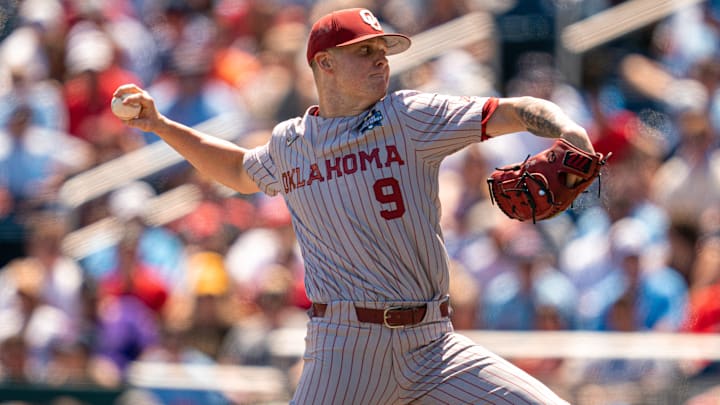Cubs Low-A Pitcher of the First Half: Michael Arias RHP (21 Years Old)
11 G, 42.1 IP, 2.55 ERA, 64 K, 1.16 WHIP, .164 BAA
Michael Arias has been a tremendous surprise this year. Since getting the call up to High A South Bend, he’s been less dominant in his two starts there but his time in Myrtle Beach was great. A quick glance at the stats above tell you a lot of what you need to know.
He was averaging nearly two strikeouts per inning which shows impressive stuff, but he also had a 1.16 WHIP which means he was allowing more than one baserunner per inning. That is a solid number, but when you look at the batting average against him being a .164 it begs the question: how are these guys getting on base against him?
It turns out that when you’re a newly converted shortstop, hitting the strike zone can be exceptionally difficult. That being said, Michael Arias is found money. Coming into the season he wasn’t on any top prospect lists and he wasn’t someone anyone outside of the Cubs organization (or likely even within the organization) was expecting to rely on in any meaningful way.
Now, I’m not making the argument that Arias is going to be a part of the Cubs rotation next year. I’m not even making the claim that he’ll make the Cubs rotation ever.
Baseball is a lot like one of those super annoying mobile games where there are different kinds of currency and some of them are more valuable than others but they all have their place. It’s valuable to a team on the rise to have young pre-arbitration players on their major league roster, and it’s valuable for a team to have prospects that are close to the majors that they can call up and have them help in times of need.
However, another form of currency is prospect currency. Whether Arias ever wears a Cubs uniform or not is irrelevant. What the organization has managed to do is to turn a player that was cast off by the Blue Jays into a player that has value to the Cubs by having value to other teams as well and he could be a great trade chip at the deadline this year or next if Chicago finds itself in need of a spending spree.
